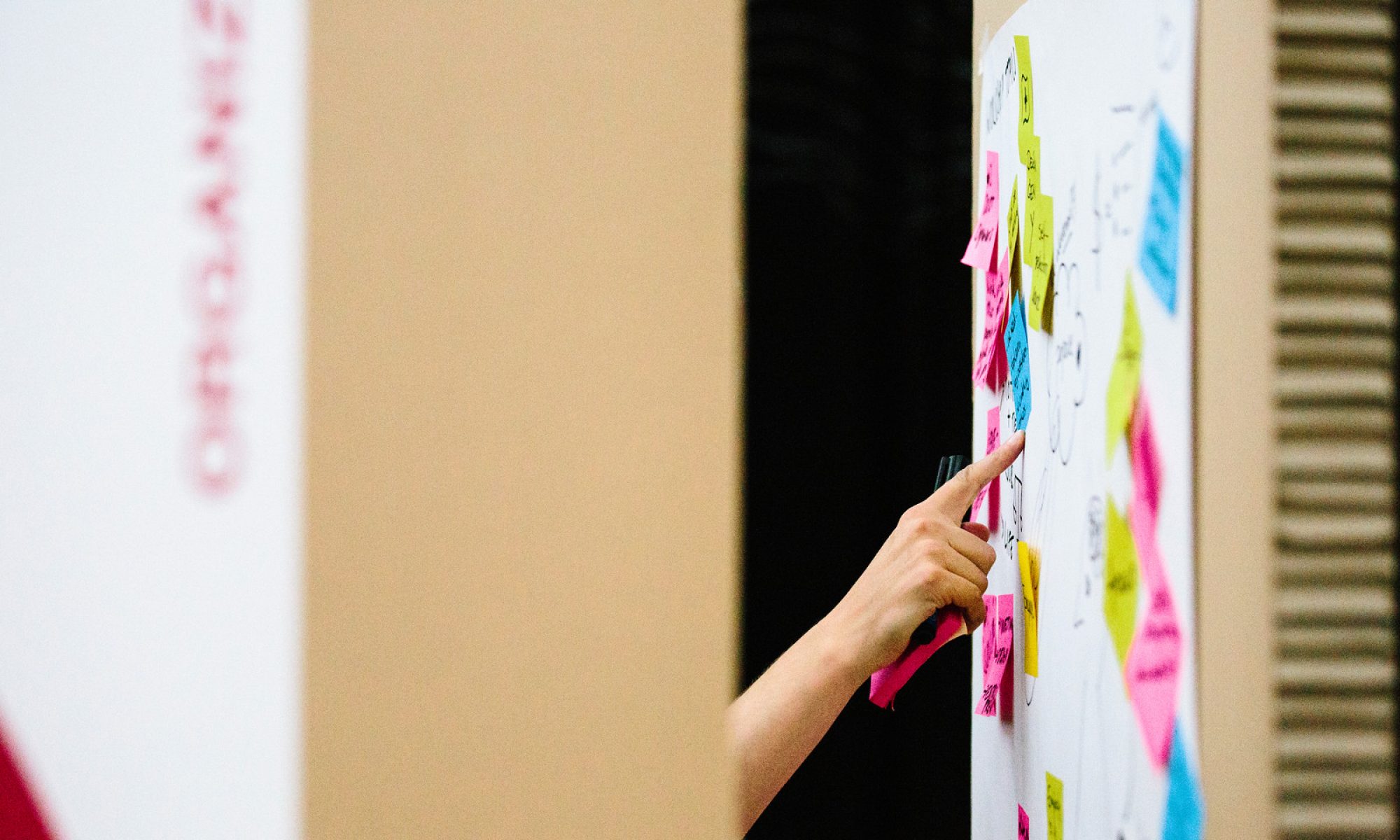The scenario of proximity – A design-orienting framework for sustainable futures

As part of the lecture series held by Design Management, International bachelor programme, invited by Dr. Guillermina Noël, Ezio Manzini will be giving a lecture and present his book “Livable Proximity” on April 12, 2022.
For over three decades, Manzini has been working in the field of design for sustainability. Most recently, his interests have focused on social innovation, considered as a major driver of sustainable changes. In this perspective he started DESIS: an international network of schools of design, active in the field of design for social innovation and sustainability.
In the past century, the spatial organization of modern societies has been dominated by the effects of an idea of efficiency based on specialization and the economy of scale. In the name of efficiency, some areas have specialized: those where to work, those where have fun, those where study, those where go back to sleep. We can refer to all of this as the scenario of distance.
Over time, however, it clearly emerged that the application of this scenario was leading to very serious environmental and social problems. Therefore, since long time some cases appeared in which this model began to clash with other ideas and practices, driven by the need to bring together what had been separated and to reconnect what had been disconnected. That is, to bring services, workplaces and people’s homes closer together. These new ideas and practices, i.e. these social innovations, can be seen as the beginning of a new, emerging scenario: the scenario of proximity.
The lecture discusses this scenario, showing how it has emerged from the grassroots social innovations of the past 20 years, and how, in some large cities, it has become a reference for action, sometimes using the expression ’15-minute city’, with the creation of new proximity systems capable of responding to many, if not all, the daily needs of citizens. The conceptual background on which the lecture is based can be found in: “Design, When Everybody Designs”, MIT Press 2015; “Politics of the Everyday”, Bloomsbury 2019, and “Livable Proximity”, EGEA 2022.
Follow this link to register the webinar.

